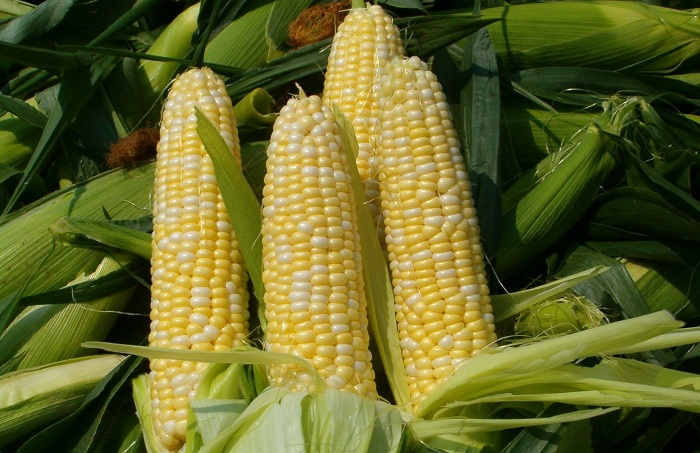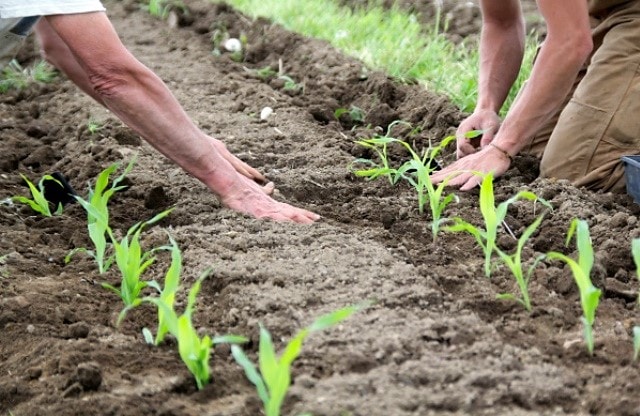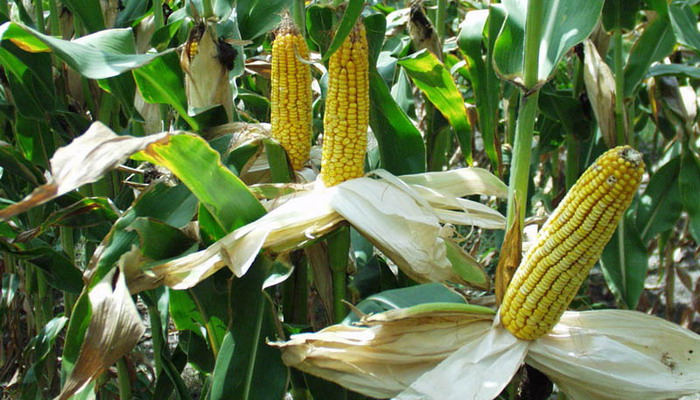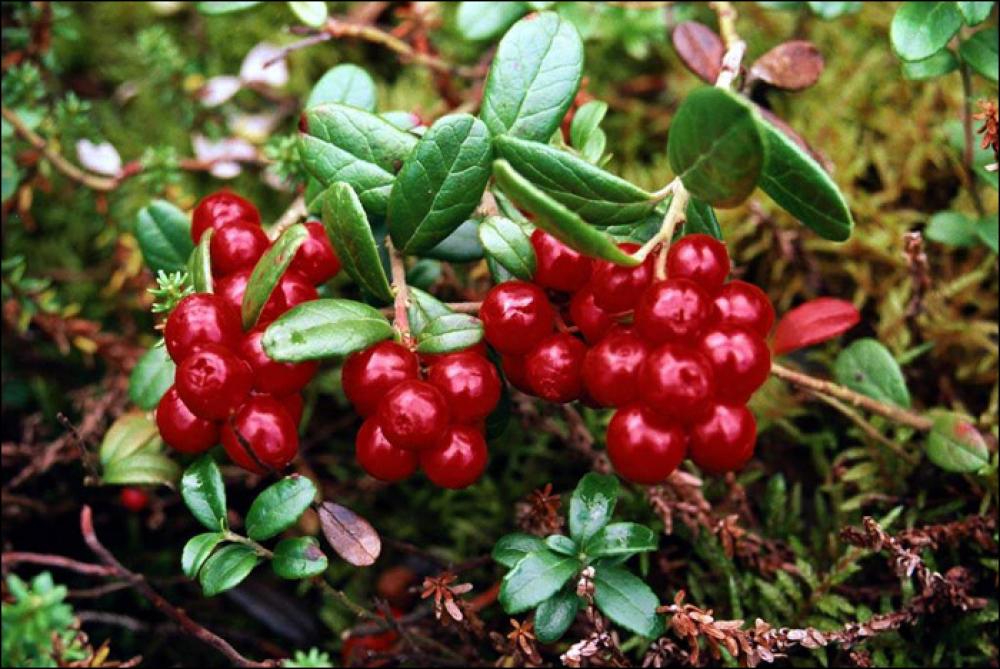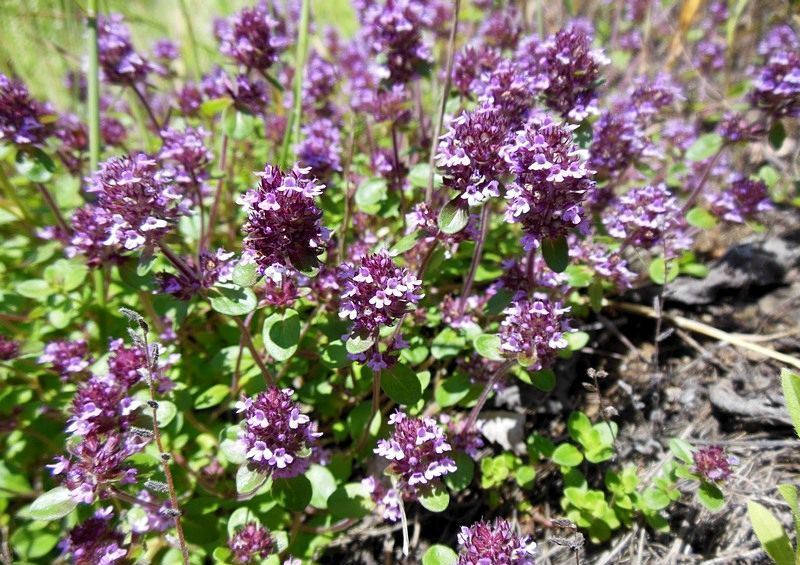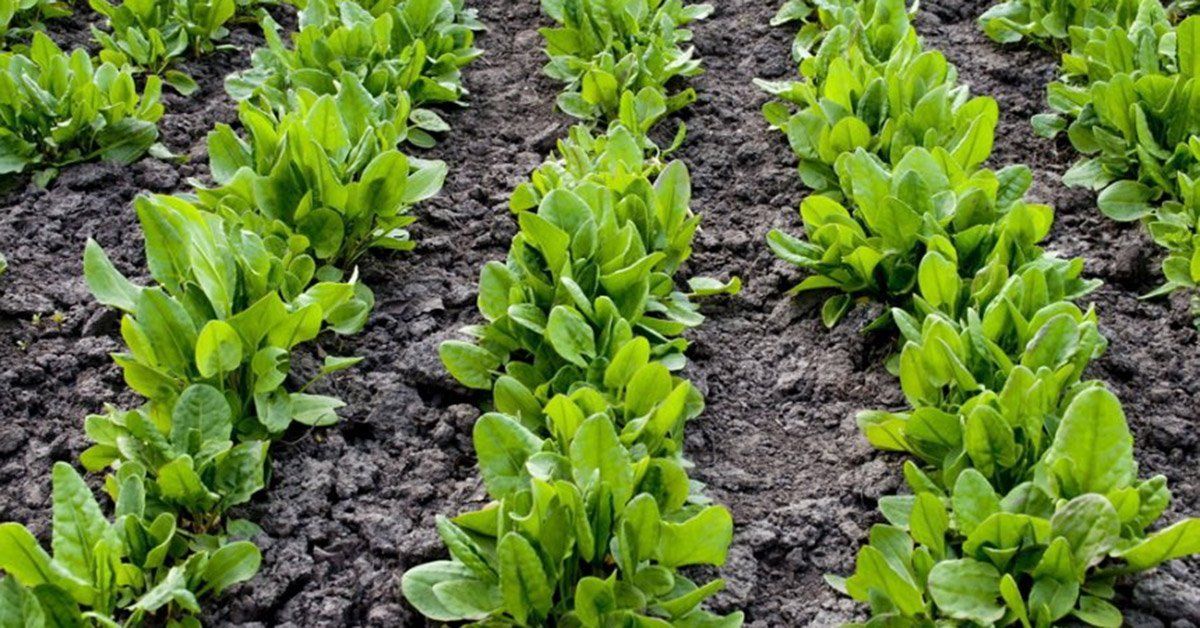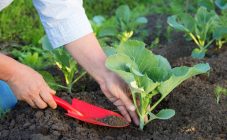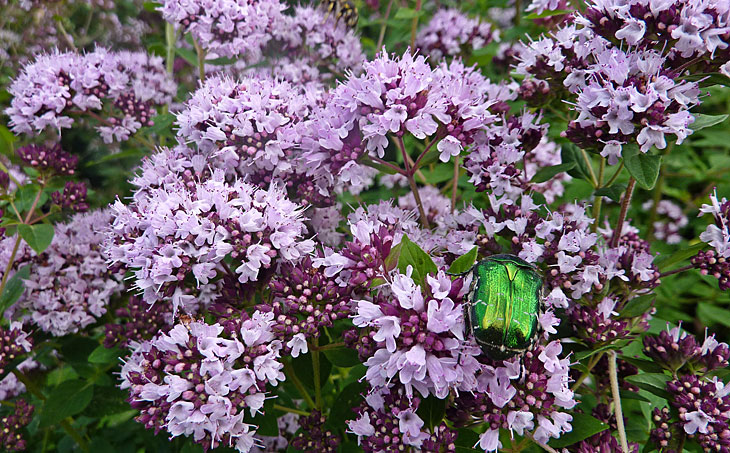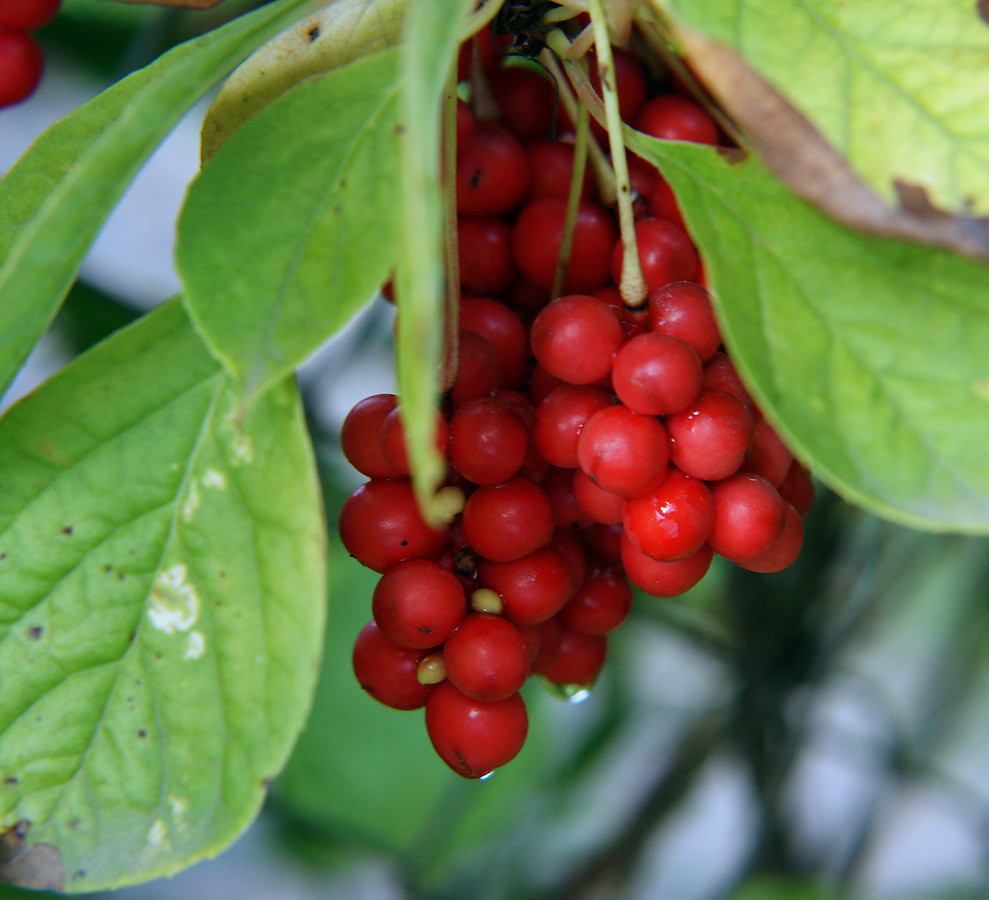Content:
One of the most common crops is corn. Planting and caring in the open field does not cause any particular problems even for beginners. It grows well in regions with hot and sharply continental climates. Corn can be a great gardening partner with many crops. Gardeners cultivate it on their plots, but not everyone knows how to properly grow corn.
Characteristics and features of culture
The taste of boiled corn is familiar to everyone from childhood. It is boiled in mid-summer, when the grains on the cob are still very soft and filled with milky juice. After a while, when the grains harden, it becomes unusable in a boiled form. Young corn is canned; hardened grains are used to make cereals, corn flour, oil.
Corn is one-year-old. This crop is sown in early spring only in Krasnodar and Stavropol Territories. To the north of the Rostov region, climatic conditions change dramatically, and here sowing takes place in May.
Different hybrids of corn can grow in height from 0.7 to 2.5 m. Commercial undersized varieties are most often produced for the preparation of animal feed.
Corn has the following distinctive features and characteristics:
- high, smooth stem, devoid of lateral branches;
- the trunk is covered from bottom to top with dark green foliage;
- nodular thickenings are clearly visible on the stem;
- leaves of corn can reach 1 m in length and 10-20 cm in width, the edges are covered with small teeth;
- powerful underground root;
- several aerial roots extend from the lower nodes into the ground, which give the corn stability.
The composition of corn kernels includes:
- B vitamins;
- flavonoids;
- a nicotinic acid.
Corn is used to improve health:
- corn silk is used to treat diseases of the kidneys, liver and gastrointestinal tract;
- corn oil cleanses the body well of cholesterol and toxins.
There are several dozen widely known varieties of corn. They all differ in the purpose of the grain and the appearance of the plant. Most often, farmers plant corn varieties on fields, which are characterized as:
- sugar;
- odontoid;
- siliceous;
- starchy;
- bursting.
For instance:
- Sundance. Refers to early ripening varieties. One plant is capable of producing 2 ears of a fairly large size. The grains are standardly colored bright yellow. This variety is cultivated in the middle lane and regions with cold climates. Sundance can be cooked and canned.
- Spirit. It tolerates any climatic conditions well, therefore it can be cultivated in almost any region of Russia, except for the Far North. The hybrid was bred not very long ago, but has gained fans due to its special taste and ability to withstand temperature extremes in cold climatic zones.
- Dobrynya. Early maturing corn with large ears.Dobrynya is immune to many common infections, undemanding to soil. This variety is suitable for preservation and cooking.
- Swift. Non-standard plant of miniature size. The crop ripens very early. The grains have a specific sweetish taste.
How to grow corn yourself, below.
Corn: planting and care outdoors in spring
Growing any crop plant begins with the selection of a suitable variety. For sowing on your site, it is better to give preference to those hybrids that are recommended by the breeders-producers for cultivation in suitable conditions. In a word, a hybrid intended for cultivation in hot climates may not be suitable for a land plot located in the Moscow region.
The preparation of beds for planting corn seeds in open ground begins immediately after harvesting the remnants of fertile plants from the garden. The land is thoroughly loosened in the fall and enriched with organic fertilizers. You can plow the plot of the garden allotted for this culture with a walk-behind tractor. Organic matter is scattered around the garden shortly before plowing the land. Then the soil is enriched by adding 10 sq. m of soil:
- potassium salts - 200 g;
- superphosaphate - 350 g;
- saltpeter - 200 g.
Most often, well-lit beds located along the edges of the land plot are allocated for tall one-year-olds.
On small household plots, corn will grow well after:
- tomatoes;
- carrots;
- Luke;
- beans.
Some vegetable growers strive to plant seeds in the ground according to the terms associated with the lunar calendar, while others are sowing the beds, focusing on folk signs.
A few days before sowing, the soil is enriched with nitrogen fertilizers and dug up again. As a result of loosening, the introduced nutrients should be at a depth of about 10 cm.
Each seed must be prepared before sowing. To do this, the seed is warmed up for several days under a lamp, and then soaked in a warm solution of light pink manganese for 12 hours.
How to plant corn outdoors?
When sowing in a small area, the corn seeds are placed in the holes in the simplest way. The holes are made at a distance of 25 to 35 cm from each other. For large-sized plants, more space is needed. The future harvest is harmed by both frequent and too rare arrangement of plants in a row. The row spacing should be such that it is possible to walk freely, 0.7 m is left free for it.The grains are placed in the center of the hole and covered with a layer of sand of 1 cm.
Experienced maize gardeners use an effective method, which is a simple trick. 3-4 grains are laid out in the hole. Subsequently, weak shoots are removed from the garden, leaving strong shoots. It is clear that 4 times more seed is required. If you plant seeds with a gap of 10-14 days, then the harvest can be harvested longer.
Corn seeds for seedlings are sown at the end of February. These dates are suitable for a southern climate; in the middle lane, sowing occurs later - from early March to April. Corn grains are placed in peat seedling cups. The containers must be filled with a suitable soil mixture. You can make it yourself, for this you need to mix:
- deciduous humus or compost - 2 kg;
- sand - 1 kg;
- peat - 1 kg.
The temperature in the room where the seedlings are located should be above 19 ° C. Seedlings need to be covered with foil, which should be removed after the shoots appear.
How and when can you plant corn seedlings outdoors? Only after the risk of frost return disappears, seedlings begin to be planted together with the cups in the garden bed.
Corn is a good neighbor for many crops in the garden, next to it you can plant:
- peas;
- beans;
- cucumbers;
- turnips;
- carrot;
- radish.
Features of spring care
Corn is a thermophilic cultivated plant that is afraid of spring night frosts. For this reason, corn seedlings are planted in covered film tunnels. It must be opened during the daytime. The film is completely removed when the weather settles without sudden changes in day and night temperatures.
Corn beds need to be weeded from time to time. This plant grows slowly, and if weeds are not removed from the site, they will completely suffocate the young shoots of the cultivated plant.
Growing corn is not a difficult process, but it requires adherence to the basic principles of agricultural technology.
You need to sprinkle corn twice. Hilling and loosening continue until air roots appear in plants. Watering the beds is necessary as the soil dries. How often to water should be decided based on the climatic conditions of the region where the crop is grown. With good watering, water penetrates about 10 cm deep. Corn growing in the middle zone should be watered at least once every 7-10 days. In the southern regions, the soil is moistened much more often.
After the shoots have acquired several well-formed leaves, the crops need to be thinned. For this, only strong shoots are left, and those that look stunted are removed from the beds.
After the plants grow up and get stronger, stepchildren appear at the main stem, which must be removed. The peculiarity of this manipulation is that they do not need to be cut off, but pulled out.
Corn crops are fed at least 3 times. Fertilizers must be applied to the soil before planting seedlings, and then once every 10-14 days.
Plants are fed:
- burnt out infusion of chicken manure or mullein;
- herbal infusion;
- mineral fertilizers.
Liquid fertilizer based on manure is prepared as follows:
- 1 liter of manure is bred in a bucket of warm water;
- the solution is left to infuse for a day or more;
- the ready-made infusion is poured under the root of the plants, 500 ml each.
In the resulting fertilizer, you can add an infusion of cut herbs.
Disease and pest control
Corn often suffers from diseases such as:
- Bacteriosis is a disease caused by pathogenic fungi. The infection damages the entire plant as a whole. To protect it, you need to immediately remove the bush from the garden and burn it. For prevention purposes, the grain must be treated with Trichodermin before being planted in the ground. With a solution of this drug, you can water the beds.
- Helminthosporiosis. The disease is caused by a lack of potassium. Affects the condition of the ears: they are formed empty without grains. At the first signs of a disease manifestation, the plants need to be fed with fertilizers containing potassium.
The most common pests of corn:
- aphid;
- bug-turtle;
- swedish fly.
In specialized stores, you can buy biologically active drugs, the action of which is aimed at destroying infection and pests.
Preventive treatment of plants from pests should be carried out once every 10-14 days. If it rains immediately after spraying with protective agents, the treatment must be repeated.
Correct care of corn crops guarantees a good harvest. This is the most important rule to be followed by outdoor maize growers.
